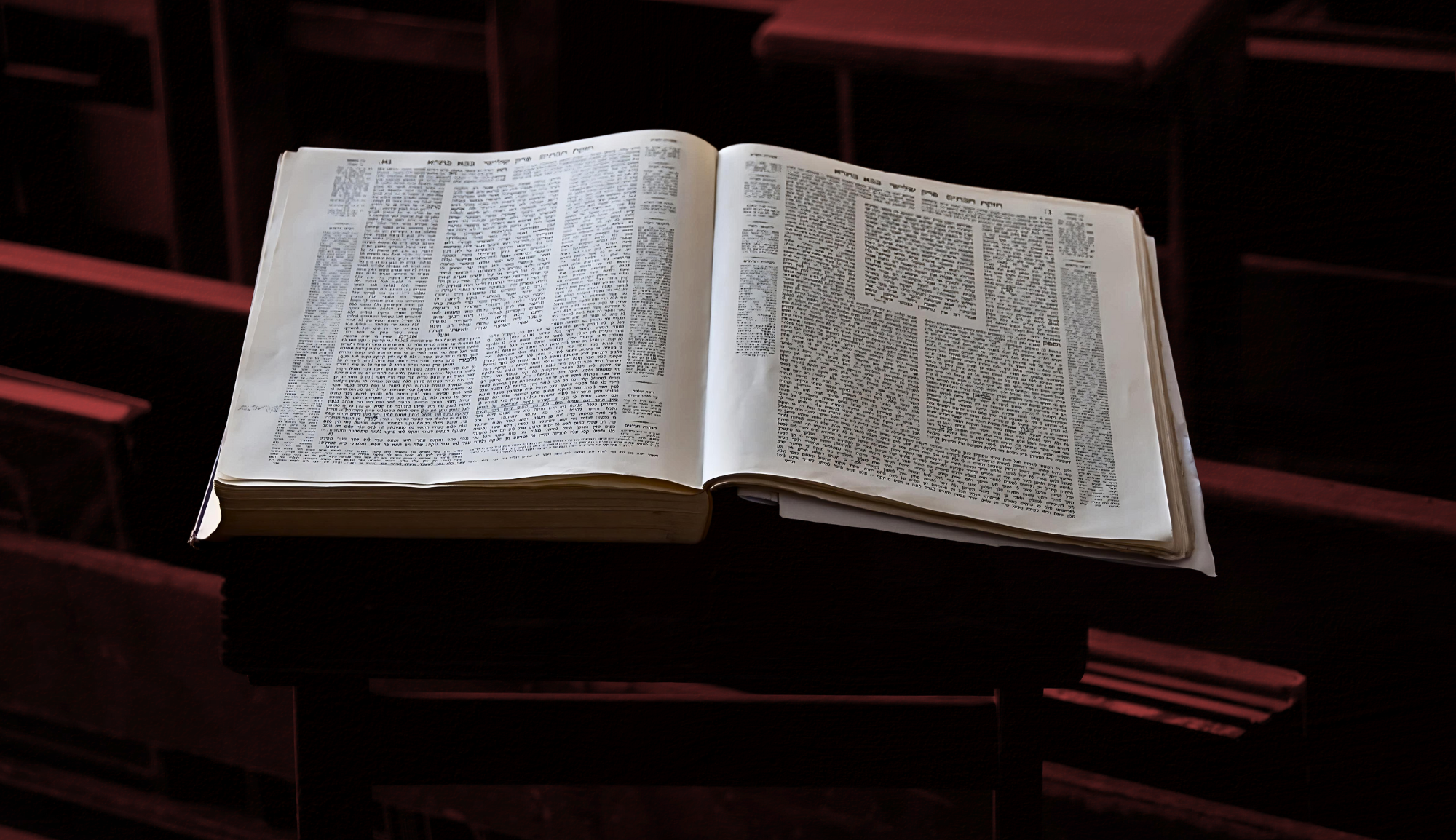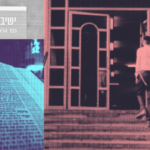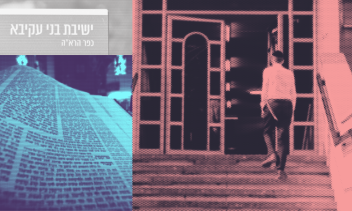My love of Talmud did not begin with Talmud—it began with Hasidut. Specifically, the thought of Rav Tzadok of Lublin (1823-1900). I’ve written about the thought of Rav Tzadok and his influence on me in other contexts. There is an appreciation for the pain and power of exile that informs all of his work. He was not interested in the sequentiality of religious life. He was instead concerned with the chaos. In that sense, Rav Tzadok emphasizes how the Talmud reflects both the exilic experience and the union and forum where the Jewish people and God connect in exile. For Rav Tzadok, the Talmud was not purely a Divine product like the Torah and it certainly was not just a human construct like a legal document. The Talmud was how God spoke and continues to speak to the Jewish people in exile.
I always found it especially fascinating that both of my teachers in the works of Rav Tzadok went on–independently of one another—to complete PhDs in Talmud. First, my departed teacher, Dr. Yaakov Elman, was the first person to translate the works of Rav Tzadok to an English speaking audience in The Jewish Observer in 1988. As he became more involved with the academic world, his work on Rav Tzadok evolved, as well. He wrote an article on Rav Tzadok’s approach to the development of Halacha. Talmud is not just a book—it is a process. In a world absent of prophecy, Talmudic thinking is the iterative process that each subsequent generation contends with to integrate Divinity into our lives. Normally, the trajectory of Jewish history is seen as a decline. For Rav Tzadok, the trajectory of Talmud is long and it bends towards building meaning in exile:
The process did not end here. Each successive effort of codification of Oral Law added to the Written Torah, and each code, as it became part of Written Torah, generated still more layers of innovation in Oral Torah. In practical terms, each portion of Oral Torah as it was reduced to writing generated new commentaries whose authors had approached the original Written Torah. Thus, if we may be permitted to draw out the line of reasoning a step further, the Amoraim applied to Mishnah methods similar to their creative interpretation (derasha) of Written Torah, the Rishonim, continued the process on Talmud as a whole, and the Aharonim used the works of the Rishonim as a point of departure and treated them the same way. And the process continues apace. Progressive revelation continues through the medium of sage and text.
This article laid the foundation for other important discussions of Talmud based on the work of Rav Tzadok, namely the role of prophecy in the history of Halacha and the role of Gentile wisdom in the development of the Talmud. The latter is what eventually brought Dr. Elman to academic Talmud study. If, as Rav Tzadok suggests, the development of the Oral Law was the mechanism through which the general zeitgeist of secular wisdom is incorporated into the body of Jewish thought, then it was worth studying the general context in which the Talmud was written as well. He also explored other scholars, notably Rabbi Samuel Glasner, who developed novel theories about the underlying nature of rabbinic interpretation. Dr. Elman’s later work on academic Talmud never interested me much, but the reason why this question interested him has always fascinated me.
Talmudic thinking is training to approach a world seemingly devoid of meaning and full of contradiction.
Perhaps more than anything else, the contribution of Dr. Elman on Talmudic scholarship was his emphasis on the concept of omnisignificance (also see here), Omnisignificance, a term first proposed by James Kugel, is “the basic assumption underlying all of rabbinic exegesis that the slightest details of the biblical text have a meaning that is both comprehensible and significant.” In his articles on omnisignificance, Elman reframes the Talmudic process as the ultimate search to construct meaning. While never fully realized, the search for omnisignifiance is predicated on the conviction that the Torah has meaning—even when it is not fully apparent.
Ultimately, this conviction is larger than just an approach to text—it is an approach to life. The quotidian and extraneous moments in our life can either be dismissed or we can insist that meaning can emerge. Talmudic thinking is training to approach a world seemingly devoid of meaning and full of contradiction. Instead of resigning from a world of meaning, Talmudic thinking teaches one to find it, construct it, and insist upon it.
I first met Dr. Ari Bergmann many years before meeting Dr. Elman. He was and remains the primary influence on my approach to Jewish thought. Our conversation hardly does justice to his breadth of knowledge and areas of accomplishment. Ari is a world-class academic and traditional Talmudist as well as a successful trader who runs his own fund. The joy of Rav Tzadok, which is manifest in both Ari’s academic approach and life, is the interdisciplinary methodology. Rav Tzadok’s works seamlessly integrate mysticism, legal theory, and historiography in a sophisticated and passionate way I had not found with other Jewish thinkers. Ari does the same. To this day, interdisciplinary studies have informed my approach to Jewish education and my personal Jewish identity. I look for challenges that require reconciling contradictions and opposites—whether in the people I interact with or their ideas.
Not nearly enough was covered in this conversation—I hope we have the opportunity to have another one. For more on Ari’s approach to Talmud, I strongly recommend listening to his series on the development of the Talmud, where he distills the core thesis of his PhD with Jewish thought. I am not going to distill the details of his PhD here—listen to the series or read it. I’ll just highlight two things:
(1) There is a fascinating discussion on the relationship of Rav Kook to academic Talmud and historiography (pp. 69-73). Rav Kook and Rav Tzadok thought quite similarly on many issues. A few books and articles have even been written about it. It is not surprising to see Rav Kook’s reaction here. It is actually quite inspiring.
(2) The emphasis on orality is a preservation of creativity. He writes as follows, based on the work of Jan Assmann’s Religion and Cultural Memory:
Jan Assmann explains, the most important distinction between an oral and a literary culture is manifested in the elements of creativity and innovation. He writes:
In reality, all the versions of a text handed down orally differ from one another. But these variations only become manifest once they have been recorded—taped, for example. They remain undetectable in the inner experience of listeners to an oral performance. . . . Conscious variation in the sense of a controlled deviation can only be found in a written culture, where a text can be compared to an original version.
This dual mode of oral transmission employed in the transmission of the Talmud addressed this issue. The amoraic rulings were transmitted in an attributed fixed format in order to avoid any deliberate changes; these rulings were transmitted through the official reciters. The interpretations and deliberations, which included the dialectical argumentation, were transmitted by the head of the academy in a verbose and fluid format, anonymously, in order to allow for the interpretation to develop and remain open.
As Ari concludes, “The Talmud represents the collective voice of generations of the most diverse rabbis and sages and it came to create a collective authority which encompasses the sum total of the many diverse views.”
I hope you enjoy the conversation and find time to add your voice as well.
Tune in to our podcast with Ari Bergmann.








